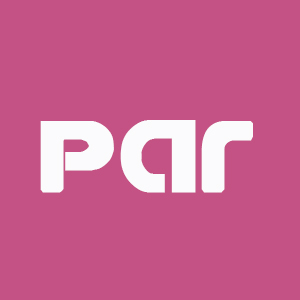fig2

Figure 2. Host immune response to biomaterial scaffold implantation. This schematic illustrates the sequential steps involved in the interaction between host immune cells and an implanted biomaterial scaffold, emphasizing the role of macrophages in tissue integration and repair. (1) The implantation of the biomaterial scaffold initiates the host immune response; (2) Adsorption of host proteins onto the biomaterial surface facilitates immune cell recognition; (3) Monocytes are recruited to the site, differentiate into M0 macrophages under the influence of M-CSF, and infiltrate the scaffold to initiate innate immune responses; (4) M1 macrophages release pro-inflammatory cytokines, recruiting additional immune cells, progenitors, and stem cells to the site; (5) M2 macrophages promote ECM remodeling by secreting anti-inflammatory cytokines and growth factors, facilitating tissue repair; (6) M2 macrophages drive tissue regeneration, vascular integration, and scaffold-host tissue compatibility. Figure created in https://www.biorender.com/ and adapted from Gaharwar et al.[9,29]. ECM: Extracellular matrix; M-CSF: macrophage colony-stimulating factor.








